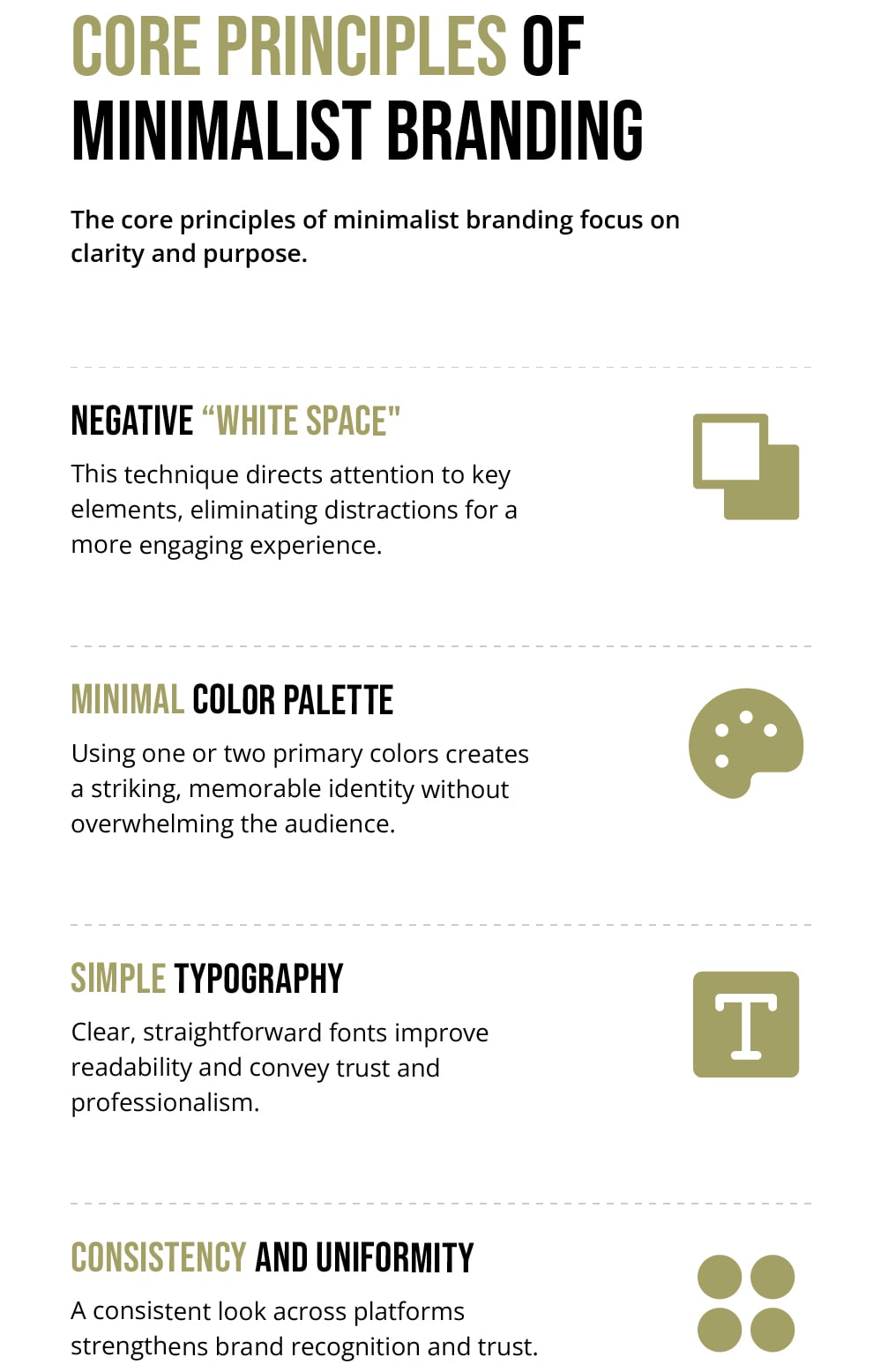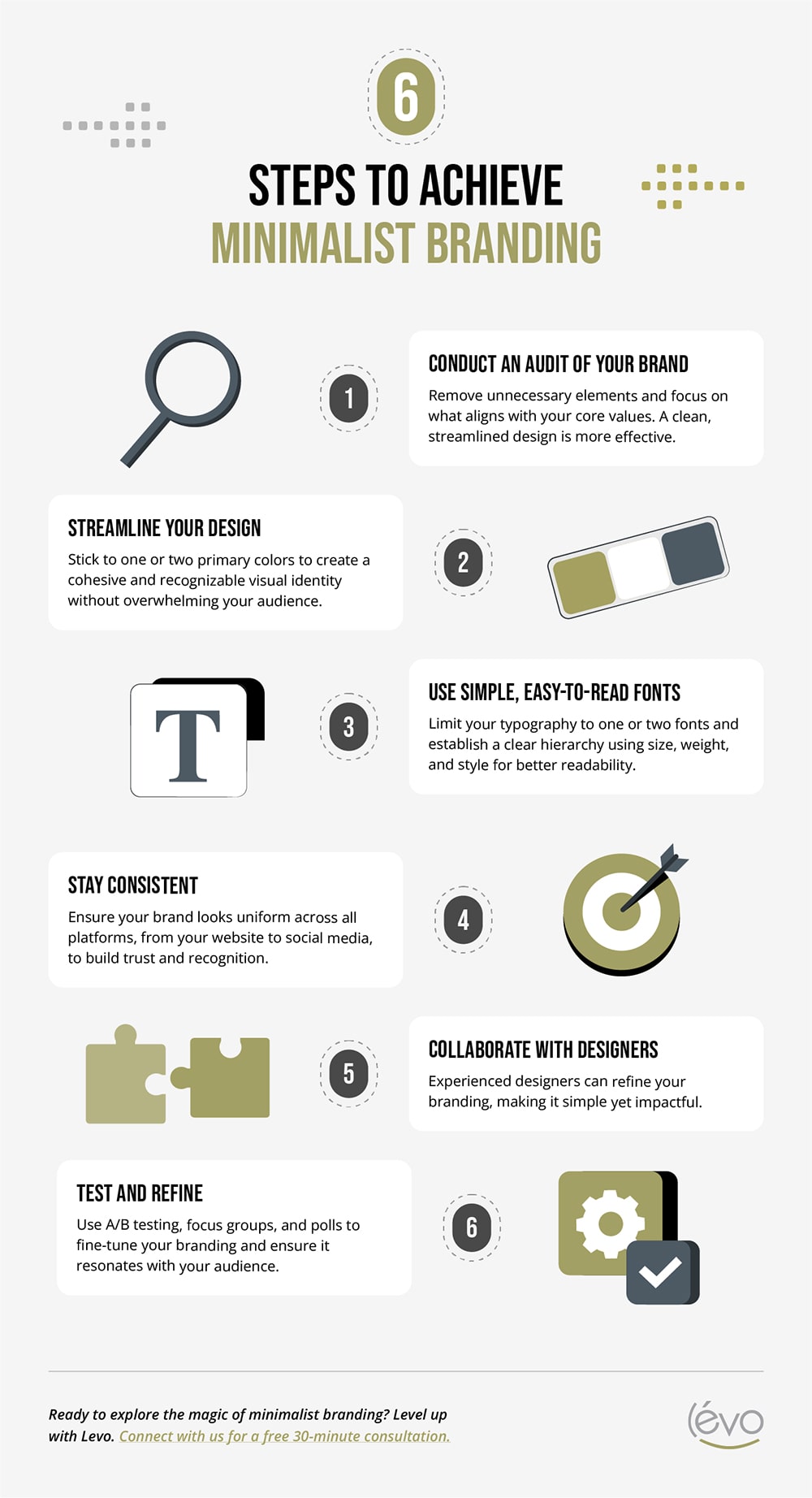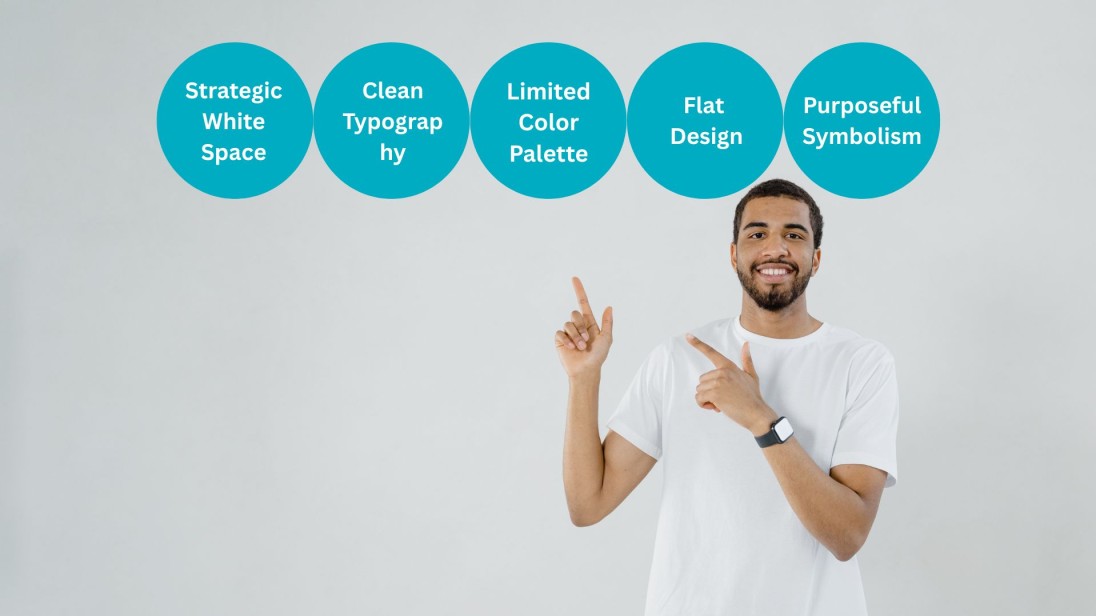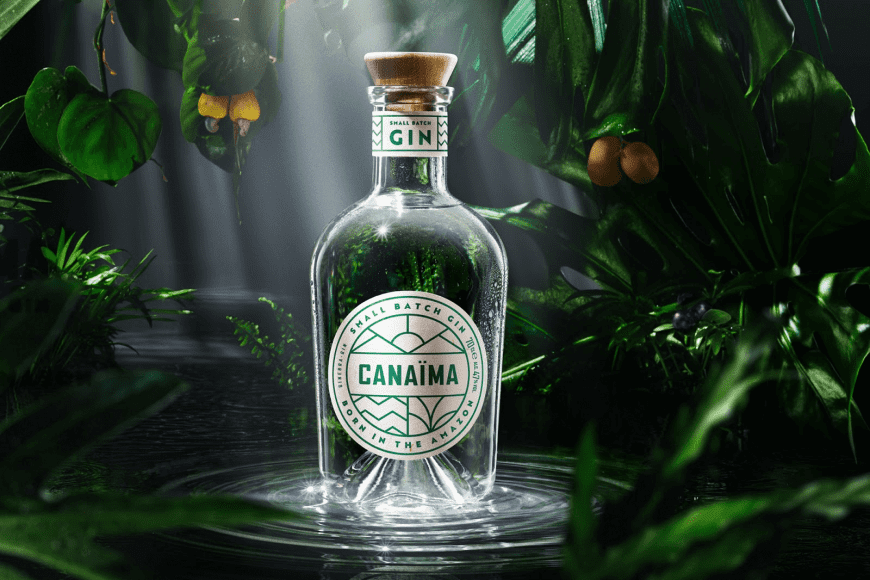Introduction

In the world of design, brands face a core decision: should they embrace the simplicity and clarity of a minimalist approach or opt for the bold, expressive nature of maximalist design[1][2]? Both aesthetics offer distinct advantages and drawbacks that closely relate to brand identity, audience engagement, and market positioning.
Foundations of Minimalist Design
Minimalism is founded on the idea that 'less is more.' It is characterized by simplicity, clean layouts, ample white space, and a restrained color palette. One source explains, "Minimalism is defined by simplicity, clarity, and functionality," resulting in designs that enhance readability and usability while reducing cognitive load for the viewer[1][2]. By stripping away superfluous elements, minimalist designs help highlight the brand's core message and create a timeless, elegant appeal that works well across multiple mediums, from digital interfaces to print advertising[5].
Core Elements of Maximalist Design
Maximalism is the counterpart to minimalism, celebrating abundance, richness, and intricate detail. Instead of limiting elements, maximalist design embraces bold colors, intricate patterns, and layered visuals to create an immersive experience. As one source notes, maximalism "thrives on bold colours, intricate details, overlapping elements, and expressive typography," which makes it ideal for brands looking to evoke energy and passion[1][2]. This approach often results in designs that are instantly memorable and emotionally engaging, although care must be taken to avoid overwhelming the audience with too many competing elements[3].
Real-World Applications and Examples
Both design philosophies have been successfully implemented by well-known brands. For instance, minimalist design is evident in the work of companies like Apple and Nike, where crisp, uncluttered visuals help communicate sophistication and innovation[1][9]. In contrast, maximalist design is often chosen by creative industries, fashion brands, and entertainment companies looking to stand out with vibrant storytelling; for example, fashion labels such as Gucci and Diesel harness maximalist elements to evoke rich narratives and opulent aesthetics[3][6]. Packaging design also benefits from both approaches; minimalism is used to convey sleek performance and eco-friendliness, while maximalism can be leveraged to grab attention on crowded retail shelves with bold patterns and layered information[4][9].
Choosing the Right Approach for Your Brand

The decision between minimalist and maximalist aesthetics should be guided by a brand's core values, audience expectations, and the messaging it intends to convey. Adopting a minimalist design may be ideal for brands that aim to emphasize clarity, modernity, and timeless elegance, particularly in fields such as technology, professional services, and luxury products where subtlety is key[1][2]. On the other hand, maximalist design is well-suited for industries where vibrant storytelling and creative expression are important, such as fashion, artistic ventures, and entertainment, allowing brands to stand out with complex, layered visuals[2][9]. Many brands find a hybrid approach effective, combining the structured clarity of minimalism with hints of maximalist vibrancy to infuse personality while retaining usability[1][5].
Conclusion
Ultimately, there is no one-size-fits-all answer when it comes to choosing between minimalist and maximalist design. The best approach depends on your brand's identity, the industry in which you operate, and the type of connection you wish to establish with your audience. Minimalist design communicates sophistication and functionality through its clean and restrained look, while maximalist design offers bold, elaborate, and expressive visuals that capture attention and convey a strong narrative. A careful evaluation of these factors, combined with an understanding of the unique strengths each style brings, will allow you to make an informed decision that resonates with your target market and enhances your overall brand perception[5][7].
Get more accurate answers with Super Pandi, upload files, personalized discovery feed, save searches and contribute to the PandiPedia.
Let's look at alternatives:
- Modify the query.
- Start a new thread.
- Remove sources (if manually added).






